When it comes to picking the right butt hinge for doors, cabinets, gates or other applications, the material choice often matters just as much as the hinge design. Two of the popular options in the hardware world are aluminum butt hinges and stainless steel butt hinges.
In this article, we'll take a deep dive into how these two materials compare — covering durability, corrosion resistance, cost, weight, and suitability for different scenarios. By the end you'll be better equipped to choose the proper hinge for your door hardware or commercial project.
Why the Material Matters?
Hinges may seem like a small component in the larger scheme of a door or cabinet, but their performance and longevity are strongly influenced by the material. A butt hinge connects two surfaces (for example, a door and its frame) by means of two plates pivoting on a pin. The choice of metal affects:
● how well the hinge resists corrosion
● how much load it can support
● how easy it is to install and maintain
● how it performs in outdoor / harsh environments
● compatibility with finishes and aesthetic considerations
Choosing between an aluminum butt hinge and a stainless steel butt hinge isn't just a matter of preference — it's about matching the hinge to the environment, expected service life, and budget.
Material Characteristics: Aluminum Butt Hinge
Aluminum butt hinges are made from aluminum or an aluminum alloy. Here are some of the specific features:
Lightweight: Aluminum is significantly lighter than steel, including stainless steel. That means less weight on the door or gate and sometimes easier installation.
Cost-effective: Generally, aluminum hinges can cost less than high-grade stainless steel hinges (although this depends on finish, brand, load rating, etc).
Good corrosion resistance: Aluminium naturally forms a protective oxide layer which helps resist corrosion in many environments (especially when anodised or coated).
Suitable for moderate loads: For many residential interior doors, cabinets, or light-duty commercial applications, an aluminum butt hinge can serve well.
Aesthetic flexibility: Aluminum takes finishings easily (anodised, powder-coated, painted) so you can match colour or design more flexibly.
Limitations of Aluminum Butt Hinge
Lower load capacity: Compared to stainless steel (especially heavy-duty stainless steel grades like 316 or 304), aluminum hinges often cannot carry as heavy a door or sustain as high a number of cycles.
Less rugged for high-stress environments: Under constant heavy use, or for large exterior doors/gates, aluminum may wear faster.
Finish and wear: While the oxide layer is helpful, surface finish can still scratch or wear with heavy use; some coatings degrade over time.
Temperature and expansion: Aluminum has a different thermal expansion coefficient than steel; in extreme temperature changes this may matter more.
So, if your hinge needs are for interior residential doors, lightweight gates, or budget-conscious installations, aluminum butt hinges could be a smart choice.
Material Characteristics: Stainless Steel Butt Hinge
Stainless steel butt hinges are typically made from grades like 304 or 316 stainless steel. They tend to be heavier, stronger, and more durable.
High durability and strength: Stainless steel is very strong, able to support heavy doors, high-cycle usage, and frequent operation without deforming or failing.
Excellent corrosion resistance: Particularly with 316 stainless steel (marine grade), the hinge can withstand aggressive environments — humid climates, salt-spray, coastal areas, outdoor exposure.
Low maintenance / long life: Stainless steel hinges often require little upkeep and can outlast cheaper materials. For commercial/industrial applications, they're preferred.
Aesthetic premium feel: Stainless hinges often convey a higher-end finish, can be polished or brushed, and align well with modern hardware trends such as stainless steel pulls and door handles.
Fire/safety resistance: In some high-end or fire-rated doors, stainless steel is specified because of its stability at higher temperatures.
Limitations of Stainless Steel Butt Hinge
Higher cost: Materials, manufacturing and finish tend to drive up cost compared to aluminum.
Weight: Heavier hinge means more weight on the door and may require stronger frame/fixings.
Installation considerations: Because of the weight and strength, more attention may be required during installation (stronger screws, more robust substrate).
Over-spec for light usage: If you're fitting a light interior cupboard door, stainless steel may be overkill — offering performance you don't actually need.
Thus if your project involves heavy doors, frequent usage, outdoor or harsh conditions, or you want a longer lifespan with less maintenance, stainless steel butt hinges are typically the best choice.
Comparing Aluminum vs. Stainless Steel Butt Hinges: Side-by-Side
| Feature | Aluminum Butt Hinge | Stainless Steel Butt Hinge |
| Weight | Lightweight, easier to handle/install |
Heavier, more robust |
| Cost | Generally more budget-friendly | Higher initial cost |
| Load capacity | Moderate; suitable for light to mid-duty doors |
High; suitable for heavy doors and commercial usage |
| Corrosion resistance | Good (especially with coating/anodising) but not top tier |
Excellent (especially grade 316) including outdoor/harsh use |
| Maintenance & life | Good for many uses, but may wear/finish degrade sooner |
Excellent lifespan, minimal wear in proper installation |
| Suitability | Interior residential, lighter doors, aluminium verticals |
Exterior doors, commercial/industrial, high-cycle use, heavier doors |
| Aesthetic/finites | Many finishes possible; modern look |
Premium look, high-end hardware feel, often pairs with stainless pulls & handles |
Let's apply some example scenarios:
Furniture, cabinets, light doors: Smaller hinges, lighter duty – aluminium works well and provides cost savings.
If you're fitting hinges on light interior wooden doors in a house, and budget matters, an aluminium butt hinge could make perfect sense.
But if you're installing hinges on a large exterior steel or glass door in a commercial building, or in a seaside resort where salt spray is a concern, a stainless steel butt hinge is far more appropriate.
If you're in a high-humidity environment (bathrooms, pool enclosures, coastal installations) and expect minimal maintenance, stainless steel is the safer bet.
If finish matching matters (for example stainless steel door handles + hinges) then choosing stainless steel hinges gives a consistent look rather than mixing metal types.
Choosing Between Aluminium vs. Stainless Steel Butt Hinge: Practical Decision Guide
Here's a simple decision‐tree to help you pick between aluminum and stainless steel butt hinges:
What is the door/application?
Light interior door, occasional use → Aluminium is likely fine.
Heavy door, commercial use, exterior/gate → Lean toward Stainless Steel.
What is the environment?
Indoor, dry, climate-controlled → Aluminium is acceptable.
Outdoor, humid, coastal, salt spray, high traffic → Stainless Steel wins.
Budget vs lifecycle
Want to minimize upfront cost, anticipate moderate lifespan → Aluminium.
Willing to invest more upfront to get long term durability, less maintenance → Stainless Steel.
Finish and design match
If your other hardware (pulls, handles) is aluminium or lighter metal, aluminium hinges integrate well.
If you have stainless steel or premium hardware finishes, stainless steel hinges fit better visually and functionally.
Maintenance/Replacement Considerations
If you plan to replace hinges in 5-10 years with acceptable cost, aluminium is acceptable.
If you prefer “install once and forget for decades” then stainless steel is safer.
By asking these questions and assessing your project requirements, you'll land on the appropriate hinge material rather than defaulting based only on cost or habit.
Conclusion
Aluminum butt hinges shine in lighter duty, budget-sensitive, interior or decorative settings. Stainless steel butt hinges dominate when strength, durability, corrosion resistance, and heavy usage matter. The key is matching the hinge material to the door's weight, environment, usage frequency, and desired lifecycle.
If you are sourcing high quality hardware, consider working with a reputable manufacturer like Sunda which offers both aluminum and stainless steel butt hinges, along with customization, strong inspection regimes and global export experience. Whether you pick an aluminium butt hinge for light door usage or a stainless steel butt hinge for demanding scenarios — make your decision informed, aligned with the application, and backed by good installation practice.


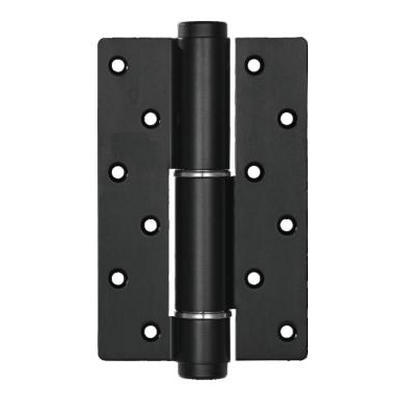

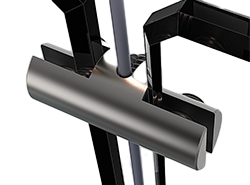
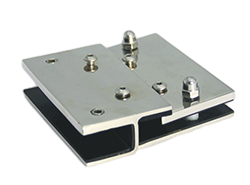
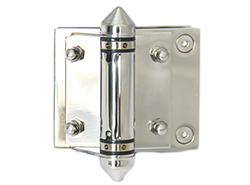
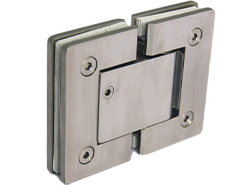
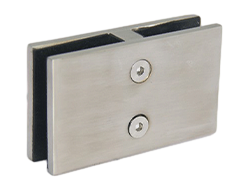
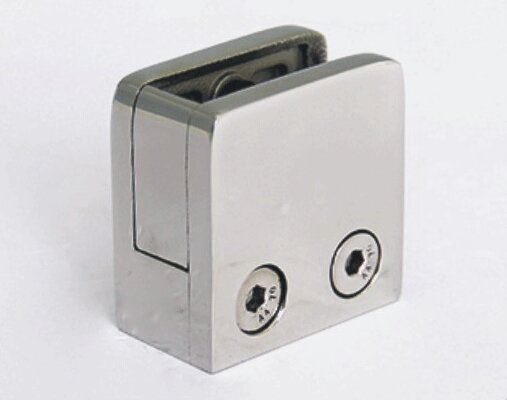
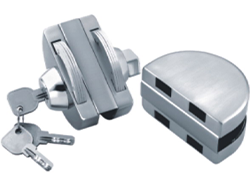

_31221.png)